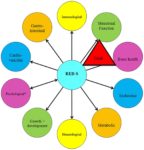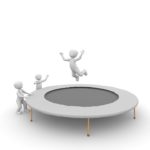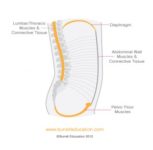RED-S – what?!

This is something pertinent, as in the past year I have gone from not having heard of RED-S, to suggesting that patients really start thinking about it as a cause for stress fractures, and enabling them to swerve a downward spiral into long term injury and depression. Where has this come from? You may have heard of the Female Athlete Triad. Effectively it is a combination of Low energy availability, Menstrual disruption and Poor bone health. It was originally seen as a rigid structure – a diagnosis, which was not particularly useful when you have someone turning up with a … Continue reading







